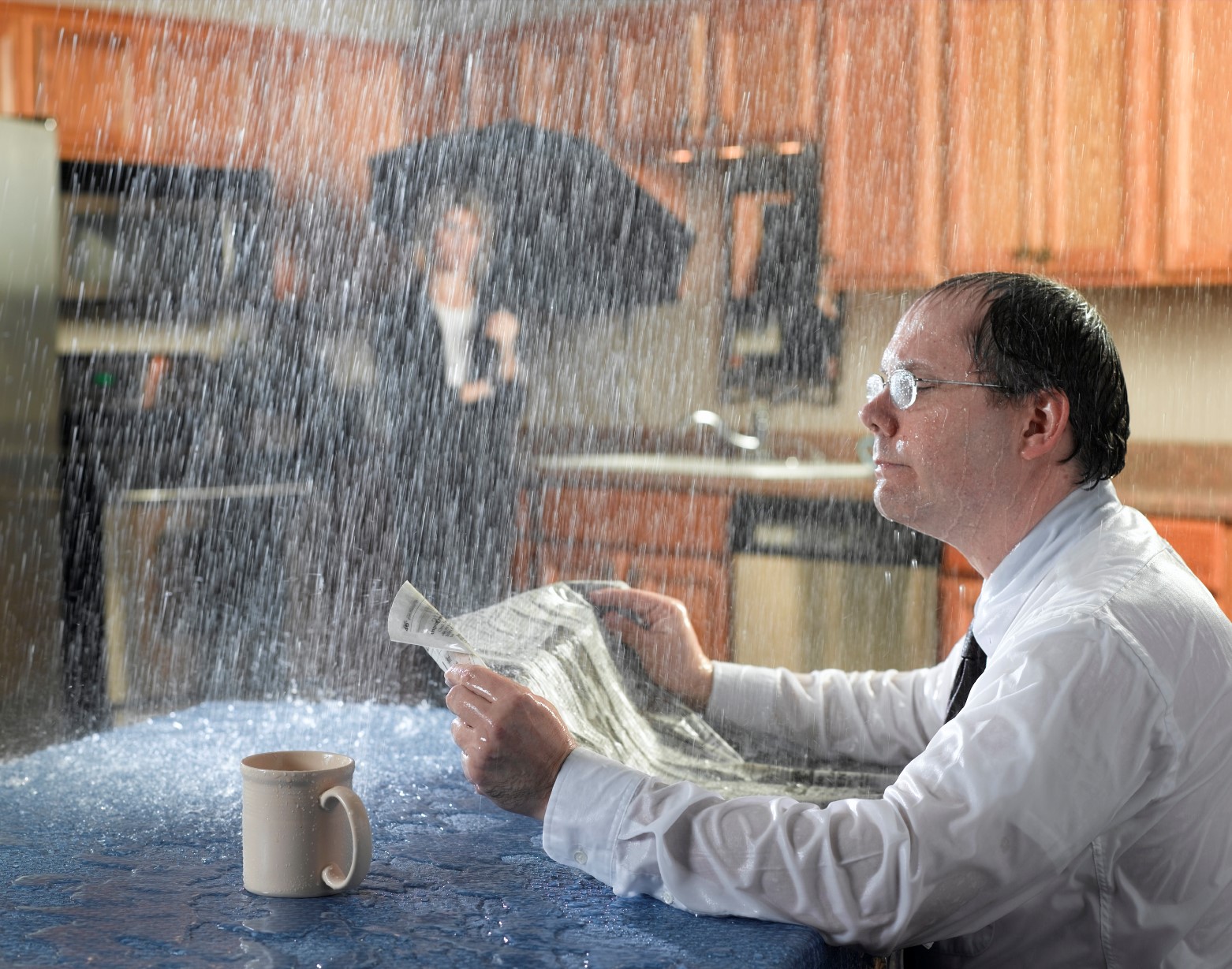The Home's Common Frequent Triggers of Leakage: Detailed Examination
The Home's Common Frequent Triggers of Leakage: Detailed Examination
Blog Article
What are your thoughts regarding How to detect water leaks in your home?

Leakages not only cause waste of water however can also create unneeded damage to your residence as well as promote undesirable natural development. By looking and recognizing for daily circumstances that create leaks, you can shield your residence from future leaks as well as unneeded damages.
Intruding origins
Most water leaks start outside the residence rather than inside it. You might observe damp spots or sinkholes in your lawn, as well as that might mean that tree roots are invading water lines triggering water to seep out.
Rusty water supply
As time passes by, your plumbing system ages and deterioration such as corrosion might begin gnawing the pipes. This may be the cause of discoloration or bending on your pipes. This requires an examination with your plumber immediately. If our plumbing system is old, consider changing the pipelines since they go to a higher danger of corrosion than the more recent designs.
Malfunctioning Pipeline Joints
Pipeline joints can deteriorate over time, resulting in water leakages. If you have loud pipelines that make ticking or banging noises, specifically when the warm water is turned on, your pipeline joints are probably under a lot of pressure.
Immediate temperature level adjustments.
Severe temperature level adjustments in our pipelines can cause them to broaden and also get unexpectedly. This development as well as tightening may trigger splits in the pipes, specifically if the temperature level are below freezing. If you maintained an eye on how your plumbing works, it would be best. The existence of the formerly pointed out situations frequently suggests a high risk.
Poor Water Connectors
At times, a leak can be caused by loosened tubes and pipelines that supply your devices. In instance of a water connections leak, you may discover water running straight from the supply line or puddles around your devices.
Obstructed Drains
Clogged drains pipes may be frustrating as well as inconveniencing, yet they can sometimes end up triggering an overflow leading to rupture pipelines. Maintain removing any products that may go down your drains that can block them to prevent such inconveniences.
All the above are root causes of leaks yet not all water leaks result from plumbing leakages; some leakages could originate from roofing system leakages. All leakages should be repaired quickly to avoid water damages.
Leakages not only trigger waste of water yet can additionally trigger unnecessary damage to your house and advertise unwanted organic development. By recognizing as well as looking for daily circumstances that trigger leakages, you can secure your home from future leakages and also unneeded damages. Today, we will look at 6 leakage triggers that might be triggering your pipes to trickle.
At times, a leak can be triggered by loosened hoses and pipes that provide your devices. In case of a water links leakage, you might see water running directly from the supply line or puddles around your appliances.
How To Check For Water Leak In Your Home
How To Check for Leaks
The average household's leaks can account for nearly 10,000 gallons of water wasted every year and ten percent of homes have leaks that waste 90 gallons or more per day. Common types of leaks found in the home are worn toilet flappers, dripping faucets, and other leaking valves. These types of leaks are often easy to fix, requiring only a few tools and hardware that can pay for themselves in water savings. Fixing easily corrected household water leaks can save homeowners about 10 percent on their water bills.
To check for leaks in your home, you first need to determine whether you're wasting water and then identify the source of the leak. Here are some tips for finding leaks:
Take a look at your water usage during a colder month, such as January or February. If a family of four exceeds 12,000 gallons per month, there are serious leaks.
Check your water meter before and after a two-hour period when no water is being used. If the meter changes at all, you probably have a leak.
Identify toilet leaks by placing a drop of food coloring in the toilet tank. If any color shows up in the bowl after 10 minutes, you have a leak. (Be sure to flush immediately after the experiment to avoid staining the tank.)
Examine faucet gaskets and pipe fittings for any water on the outside of the pipe to check for surface leaks.
Undetected water leaks can happen without the home or business owner even realizing. If you suspect a water leak, but not able to find the source. It is time to contact a professional water leak detection service, The Leak Doctor.
How To Find a Water Leak In Your Home
https://www.leakdoctor.com/blog/How-To-Check-For-Water-Leak-In-Your-Home_AE197.html

We hope you enjoyed our part on Top Causes of Home Water Leaks. Thanks a lot for spending some time to read our blog. Do you know about another individual who is fascinated by the subject? Be sure share it. I treasure reading our article about How to detect water leaks in your home.
Quick, reliable, call! Report this page